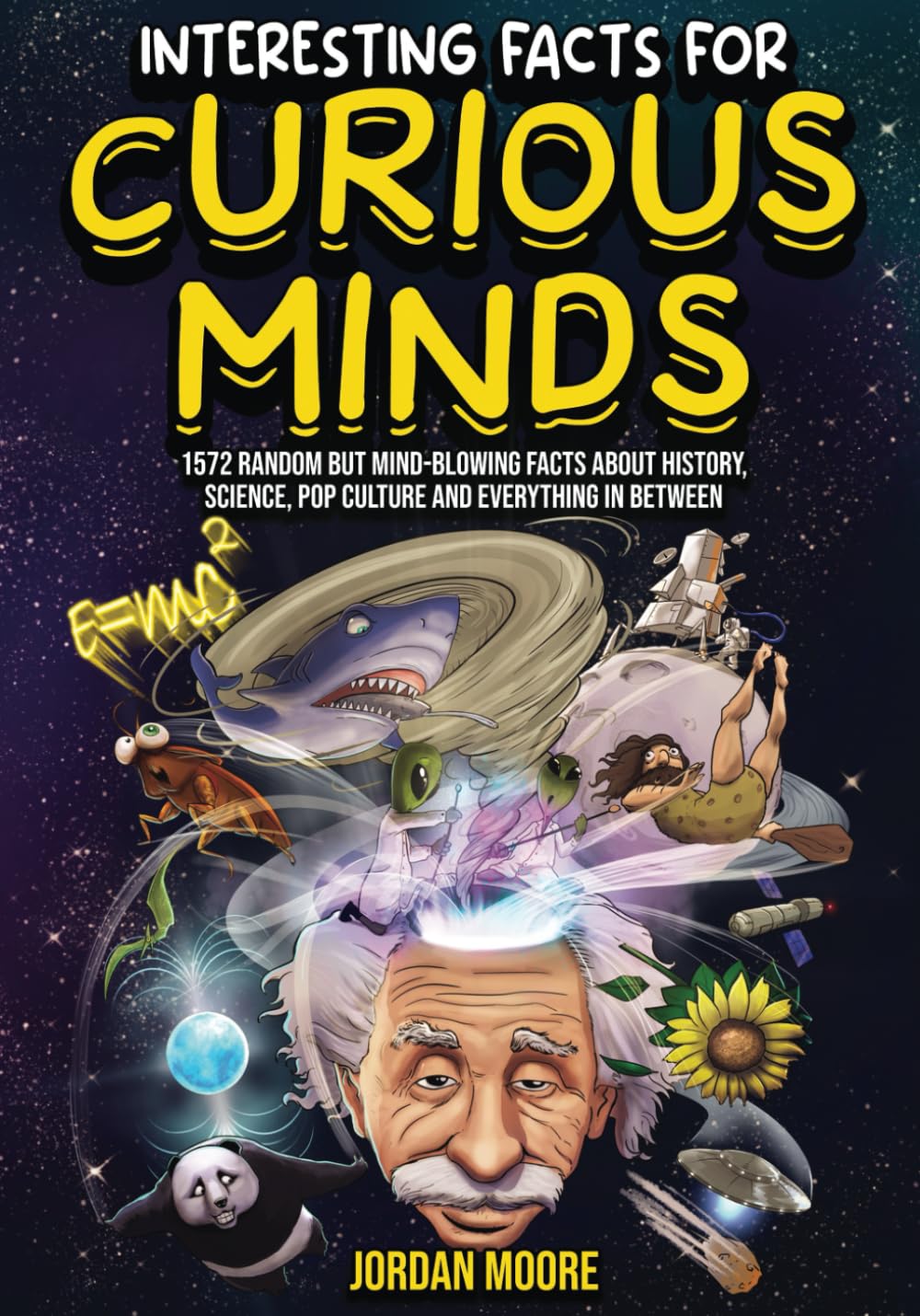
Interesting Facts For Curious Minds: 1572 Random But Mind-Blowing Facts About History, Science, Pop Culture And Everything In Between
Sports, Then And Now
bySports, then and now, have evolved significantly over time, transforming into the high-energy, highly competitive events we know today. The rules of football, for instance, were first codified in England in 1863 by the Football Association, marking the birth of modern football. This sport, originally referred to as “socc,” was later adapted with the addition of “er” to describe those who played it. Since its formalization, football has grown into a global phenomenon, with millions of people participating and watching the sport worldwide. The shift from informal games to regulated matches created a lasting structure that allowed football to expand into the massive international sport it is today. In contrast, ancient games like dragon boat racing, which dates back over 2,000 years in China, have similarly transformed from a cultural tradition into a global hobby sport.
In terms of sports like football and baseball, changes in rules and player involvement have dramatically altered how these games are played. For instance, in the Canadian Football League, a “rogue” is a point scored when the kicking team punts or kicks the ball into the end zone and the receiving team fails to return it. This rule is unique to Canadian football and adds an extra layer of strategy to the game. Meanwhile, in Major League Baseball, the 1957 departure of the New York Giants and Brooklyn Dodgers for California left New York City without a National League team until the Mets arrived in 1962, reflecting the expansion and shifting dynamics of professional sports teams. These changes have reshaped not only the structure of leagues but also how fans interact with the games, creating new traditions and rivalries along the way. Sports like these have evolved far beyond their origins, reflecting societal and cultural shifts in how sports are integrated into daily life.
Ancient cultures also contributed significantly to the foundation of modern sports, with early depictions of athletic events found in archaeological discoveries. For example, the famous vase from Hagia Triada in Crete, dated around 1,550 BCE, is one of the earliest known depictions of wrestling. This illustrates that the physical competition and sportsmanship seen today in wrestling originated in ancient times, evolving over centuries into a professional sport. The idea of combat sports was also prevalent in medieval Europe, where events like jousting were popular at royal tournaments. This type of “hastilude,” as it was called, was an important part of medieval culture, celebrating not only athletic prowess but also social and political status. Today, sports like these have long since transitioned into more regulated forms, but their origins continue to influence modern combat and competitive sports.
Modern-day sports, however, are not limited to traditional physical competitions. New and unique sports, such as Zorbing, have emerged in recent decades. Zorbing, which involves rolling downhill inside a plastic orb, was invented in New Zealand in 1994. Though considered a more niche activity, it has gained popularity as a thrilling and adventurous sport. Similarly, Sepak Takraw, which originated in Malaysia in the 1940s, combines elements of soccer and volleyball, where players use their feet, legs, and head to hit the ball over a net. This form of play is now widely practiced in Southeast Asia, showing how the fusion of different sports elements can create entirely new games that resonate with global audiences. These new sports often challenge traditional perceptions of athletics and bring fresh excitement to the sports world, reflecting the evolving interests and capabilities of modern athletes.
The global popularity of sports like basketball and soccer/football further exemplifies the transformation of sports from local traditions to international phenomena. Soccer, for example, holds a near-religious significance in Brazil, with the nation’s five FIFA World Cup victories cementing its place as a dominant force in the sport. Basketball has similarly become one of the world’s most popular sports, with over one billion followers worldwide and generating billions in revenue through leagues and sponsorships. These sports have become key components of global culture, uniting fans from different backgrounds and fostering international competition. The influence of these sports is not just seen in the numbers, but also in the cultural impact they have, from local youth leagues to global professional tournaments.
In conclusion, sports, then and now, demonstrate a fascinating evolution from ancient traditions to modern spectacles. The development of organized rules, international competition, and new forms of play has transformed how people engage with sports. As new sports like Zorbing and Sepak Takraw emerge, the boundaries of what constitutes an athletic event continue to expand, reflecting the creativity and diversity of human interest in physical activity. Whether it’s the historical significance of wrestling or the thrilling modern-day action of basketball, sports continue to evolve, providing entertainment, cultural expression, and a sense of community for people across the world. The way we understand and participate in sports will likely continue to change, but the underlying human drive for competition and achievement remains the same.

